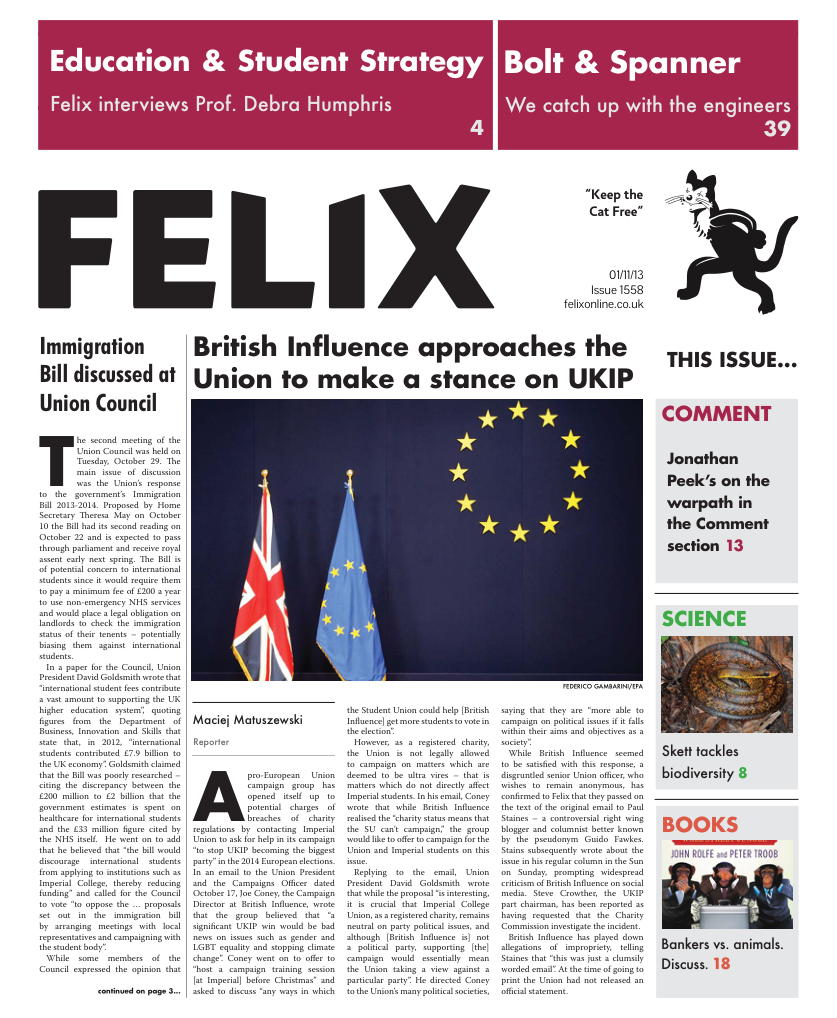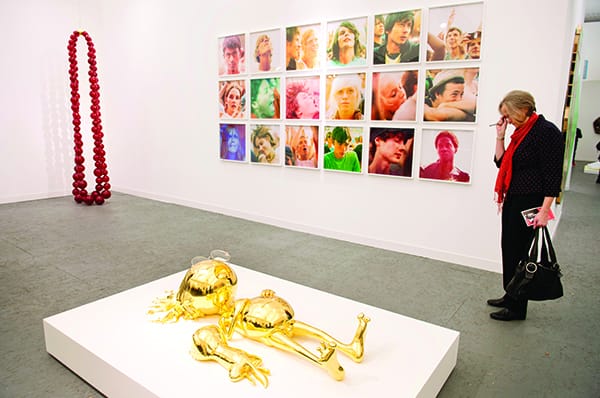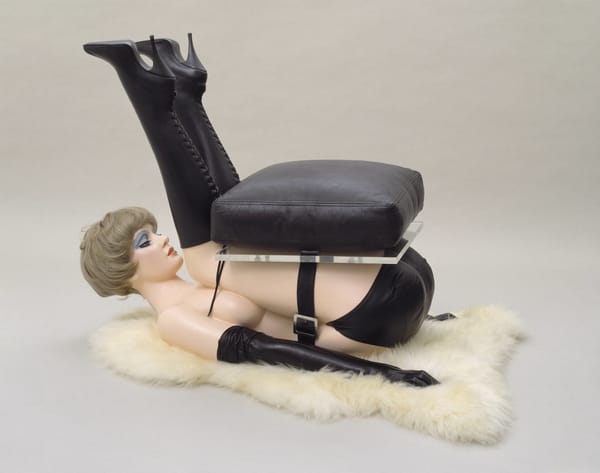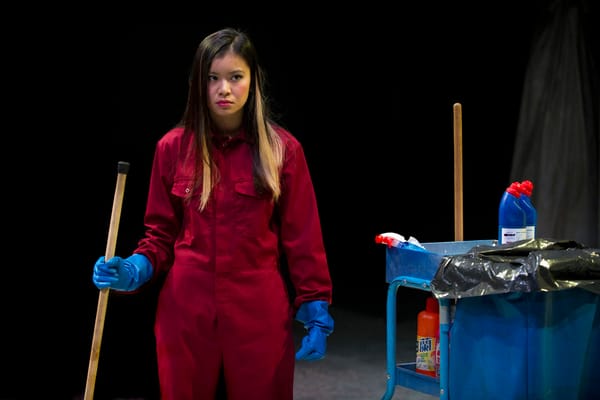NHM’s wildlife photography never gets old
Now in its 49th year, the Wildlife Photographer of the Year exhibition has recently returned to its original habitat the Natural History Museum. It showcases 100 photographs of the world around us that most will hardly ever get an actual glimpse of.
Now in its 49th year, the Wildlife Photographer of the Year exhibition has recently returned to its original habitat the Natural History Museum. It showcases 100 photographs of the world around us that most will hardly ever get an actual glimpse of. First time visitors should prepared to be surprised, amazed, and extremely moved by the forces of nature on display. Third or fourth time visitors however – although the quality of photographs has not declined compared to previous years –will probably not be able to help but compare the 2013 images to former favourites, and past themes. What everyone should expect though are massive crowds on weekends, breathing down your neck as you struggle on tiptoe to view the pictures. Take advantage of being a student and go on a free period. The unofficial ‘most popular animal’ crown has been taken from last year’s polar bear (which surprisingly only features in one photo this year) and has instead been given to the dugong, which is celebrated in no fewer than three images by Douglas Seifert. But rather than being repetitive and tedious, each image exposes a slightly different side to the sweet thing. The first of these images at first seems odd, full of swimmers that should not feature, only for the viewer to realise that they in fact demonstrate the human threat we cannot seem to help but burden onto everything we touch. The divers appear to physically loom over the creature, blocking out the beautiful sunlight shining onto it. The second image is a cheeky dugong creating pressure waves for two tiny yellow fish to ride along in front of it. The third dugong in Seifert’s trilogy is a cute hoover, sucking up sea-grass on a shallow bay. Such images are perfect examples of how every piece in the exhibit to tell its own magnificent story, and no two are ever the same. They are so well captioned that viewers can’t help but stop and read about every last detail, from how the photographer took the shot to the judges’ opinion and the biological description of what it represents. Other favourites I personally like to spot are the “I had to lie in the snow / underwater / in the wind and rain for ten hours until suddenly X animal popped out and by chance I managed to take this amazing shot” explanations. Other mainstays of the exhibition include cacti under the desert stars, the Northern Lights, an uncomfortable polar bear (the quintessential symbol of climate change), the wise old monkey, the fighting animal pair, and the black and white flock of birds always exploited in the shop on some gift wrap. It is also fun to annually complain very loudly that the judges obviously picked the wrong winner, and that this commended photograph should have won not that atrocious unoriginal piece (which is usually by no means actually atrocious). Perhaps it is not so fun to see the age 17 and under section, and realise you are only just avoiding being a waste of space, whilst marvelling at the work of photographers sometimes half your age or younger. Some in this section are even more impressive than the adult entries. A personal favourite from 10 years and under includes Peacock at Sunrise by Louis Pattyn. A final note for the trypophobics among you – be ready to avert your eyes, as repeating patterns such as reptilian and amphibian scales, or flocks of birds from afar, are commonplace in the exhibition. But most pictures are void of them and it definitely is worth seeing, even if you do physically gag at the sight of such things.









